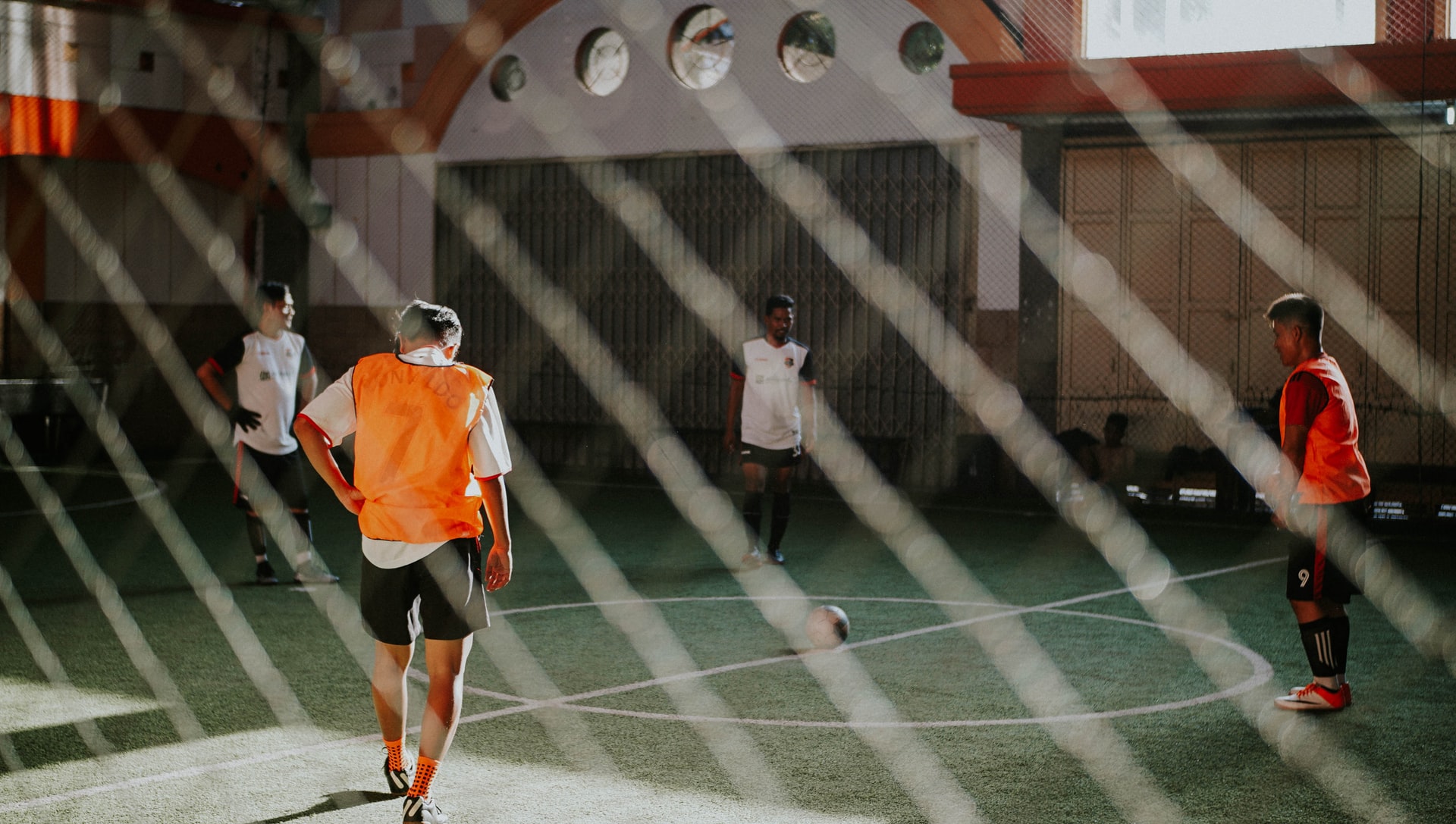Soccer is the most popular sport in the world – it’s fun to play, but also to follow matches and bet on our favorite teams. Yet, it’s not always easy to find a flat patch of grass suitable for playing a full game of soccer with friends or family. That’s why futsal is a great alternative to traditional 11-a-side soccer, and serves as a perfect introduction into the world’s most popular sport. But, how do we learn to play it? Well, thankfully, just as we have various guides if we want to find out how to bet on soccer, we can also find a guide for futsal, right here.
The Origins of Futsal
Futsal was invented in 1930s In Uruguay & Brazil. It is a modified version of soccer played with five players on the court instead of 11, and a smaller ball that is heavier than the one used in association football.
Because futsal courts are smaller than standard-sized courts, there isn’t much room for mistakes or losing control of the ball. This makes it much more challenging for players to score goals because they must be precise with their passes and shots (rather than kicking aimlessly).
The Ball and Court
There are five players on the field for each team at one time, and players can be substituted at any time. However, a player who is substituted off cannot return to the game immediately.

Players can also be replaced on the fly: if your team has four men on defense and you want to change out your goalkeeper for another defender, he can go straight into play as soon as he arrives on the field without having to wait for a stoppage in play or even touch his new teammates’ hands—he just steps onto the pitch and immediately starts defending again! The maximum amount of substitute players on a team is 9. 5 players on the field, plus 9 subs. But the number of substitution that you can make is unlimited per FIFA rules.
Set Pieces
A kick-off is the start of each half. The ball is kicked back to the goalkeeper by one of the opposing team’s players and the goalkeeper can control it or pick it up. The goalkeeper can then punt or throw but they can only keep the ball for 4 seconds.
Free Kicks are awarded to a team if they are fouled during play by an opponent in certain ways (depending on whether it occurs in their own half or that of their opponents). Examples include kicking an opponent on purpose, tackling from behind and tripping someone over. Free Kicks allow players from both teams to stand at least 3m away from where the ball is placed for taking free kicks until someone takes action (i.e., makes contact with soccer ball).
Corner Kicks are awarded when the ball has gone behind the goal line; this allows teams who have been attacking to gather near their opponent’s goal area (and thus should be close enough to score) to take advantage of this opportunity by instead placing their own players in an offensive lineup to put pressure the defense by forcing them into making decisions. Tactics is very important in order to deal with potentially dangerous situations where one wrong move could result in conceding a goal!

The goal in this article was to touch on the key points of futsal and give you a brief overview of what makes it unique as a sport. I hope I succeeded in that, but of course, there are many more elements to learn about. The best way to become familiar with the rules and regulations is by playing futsal yourself! Just make sure that you have reliable shin pads—they’re one of the few things you can’t do without when playing. Good luck out there!

